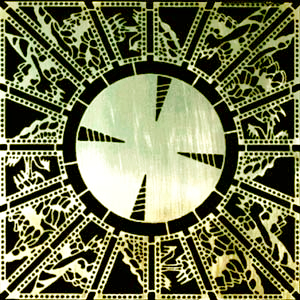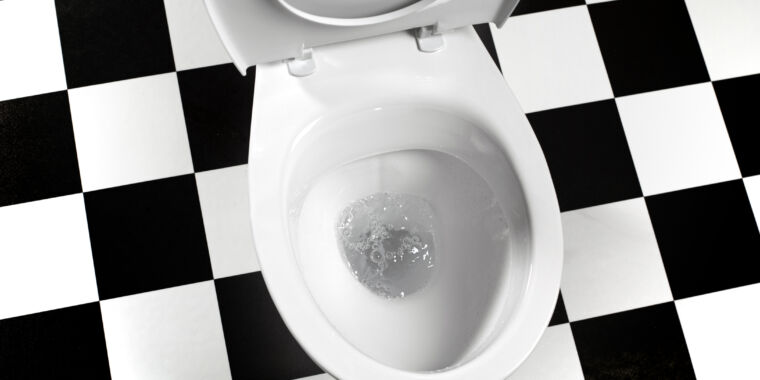In excess, nitrogen and phosphorus in our waste streams can stimulate algal blooms and create conditions dangerous to marine and lake ecosystems and human health. According to the website of the Rich Earth Institute, a Vermont-based company focused on using human waste as a resource, most of the nitrogen and phosphorus in wastewater comes from human urine, even though it makes up only 1 percent of wastewater. Removing urine could remove 75 percent of the nitrogen and 55 percent of the phosphorus from municipal wastewater treatment plants. And those nutrients could then be recycled for use as fertilizer.



There are also ways of isolating and concentrating nitrogen and phospherous compounds out of general sewage so it can be reused. This might have benefits over simple urine diversion because urine is not the only thing that contains nitrogen, and also it can be adapted to the existing infrastructure, instead of needing to go through the energy intensive process of building an entire new urine diversion system, be it a new set of pipes, or tanks and collection trucks.